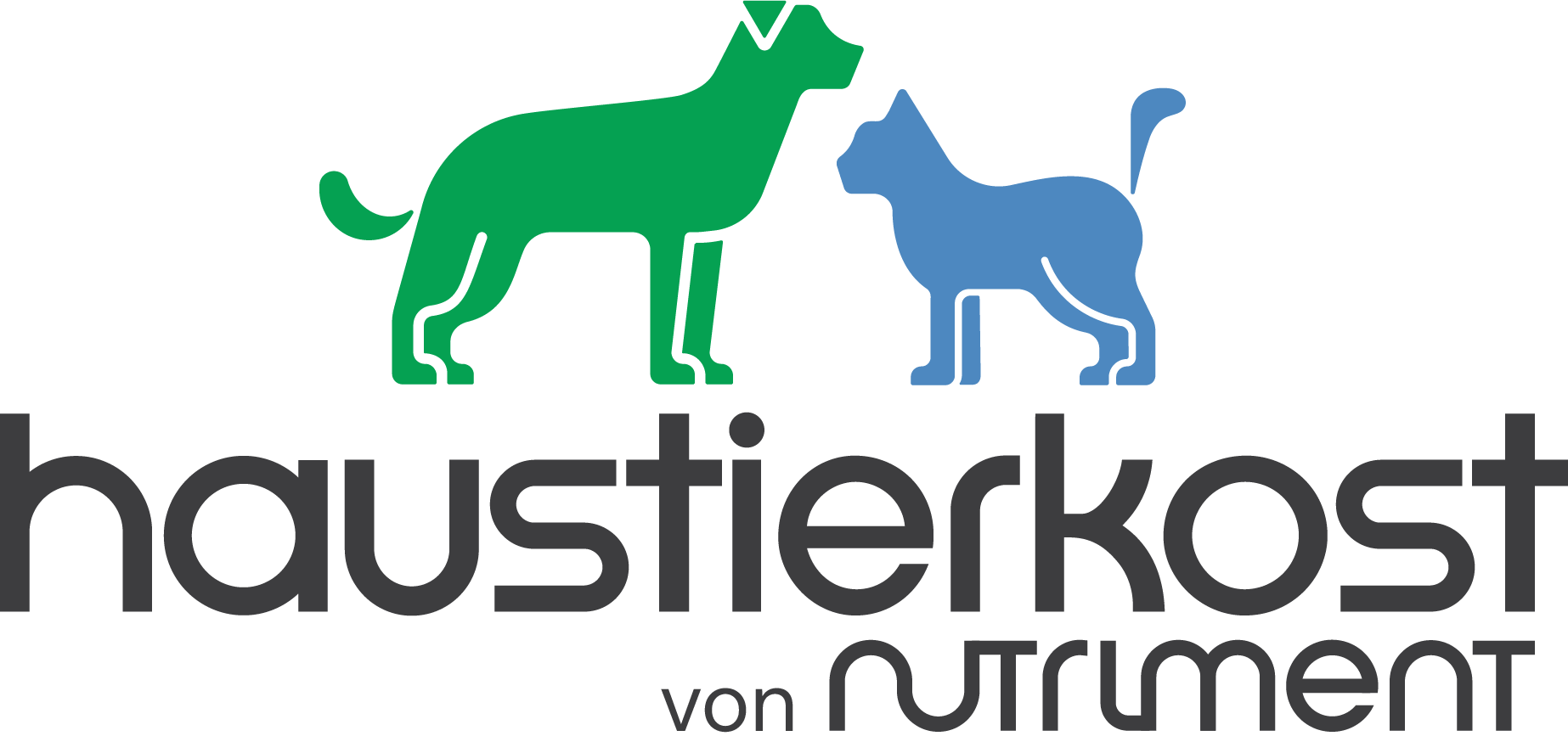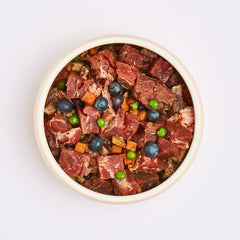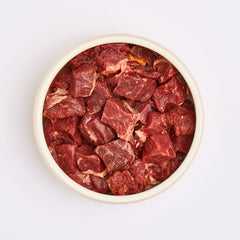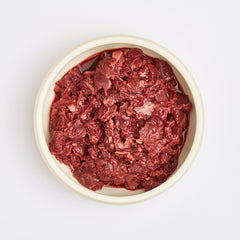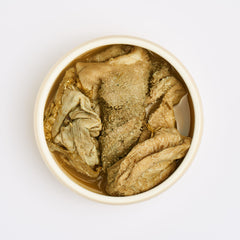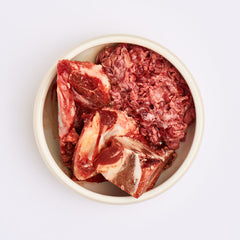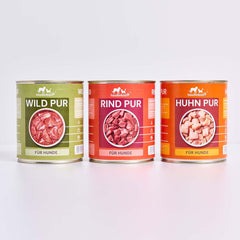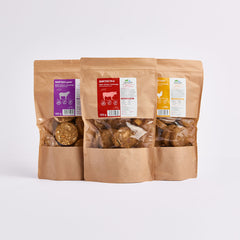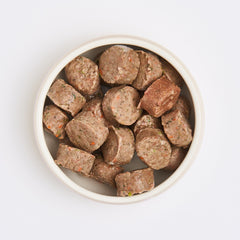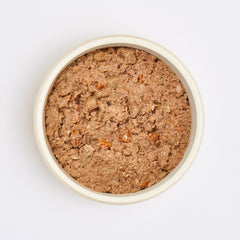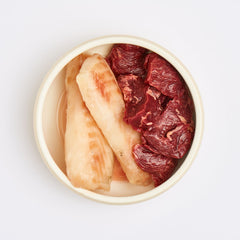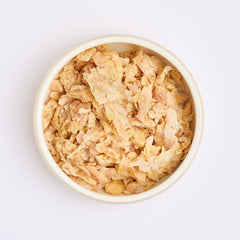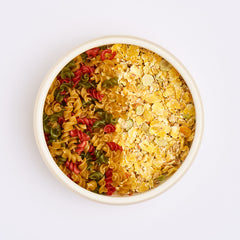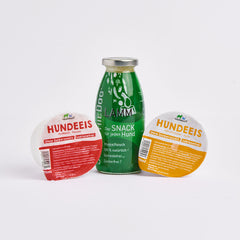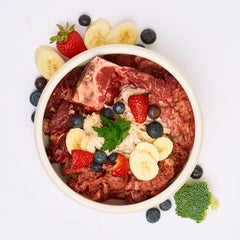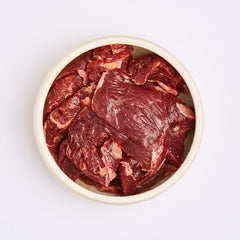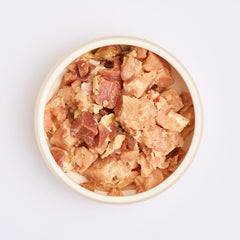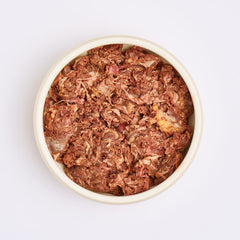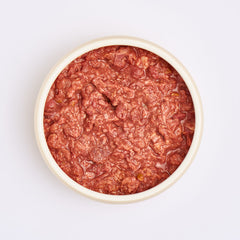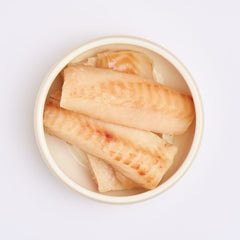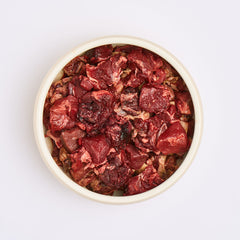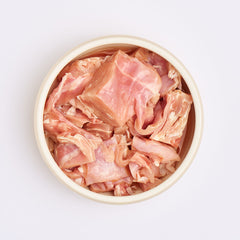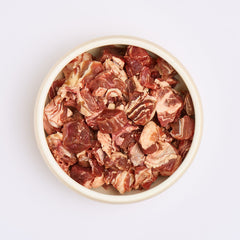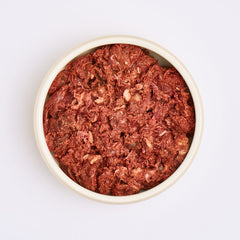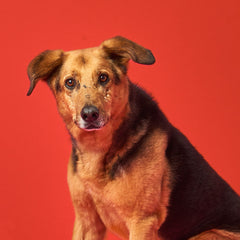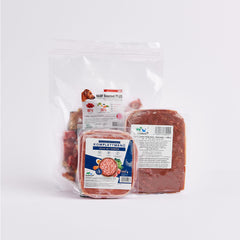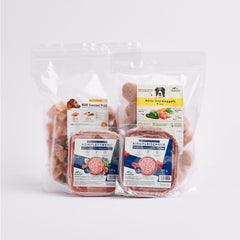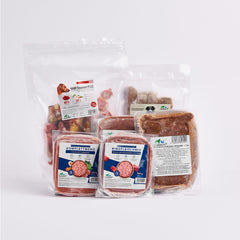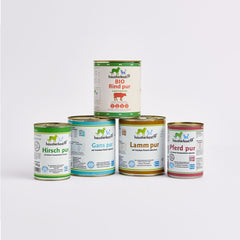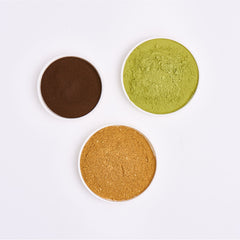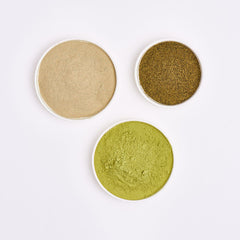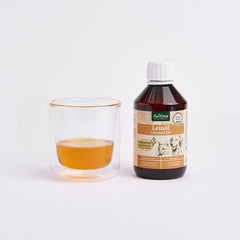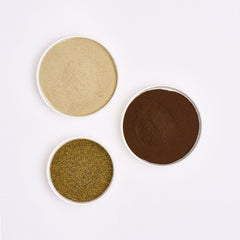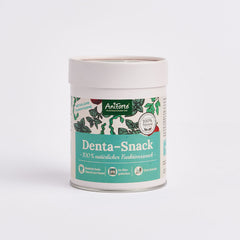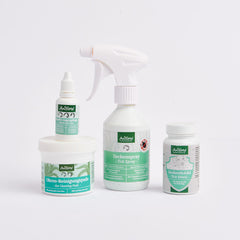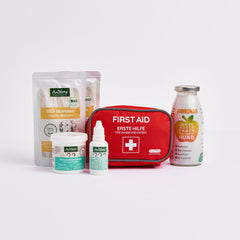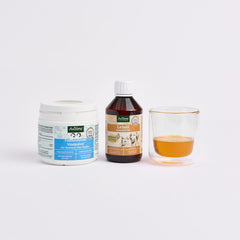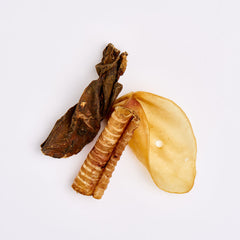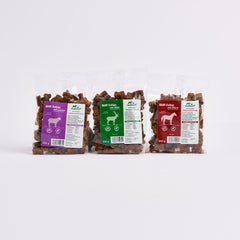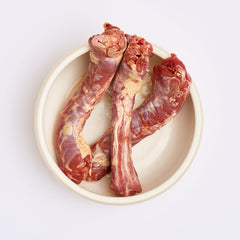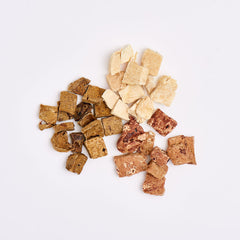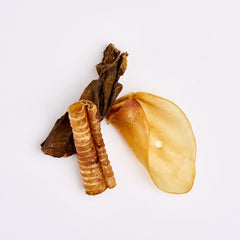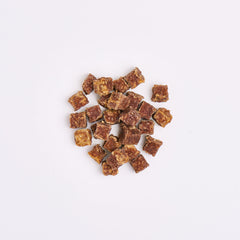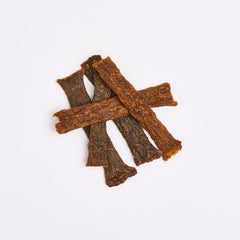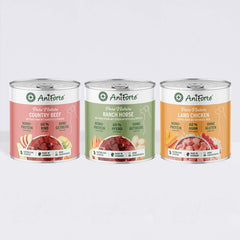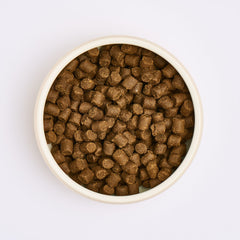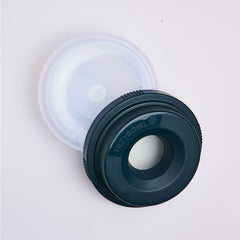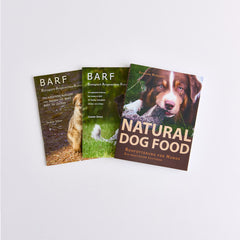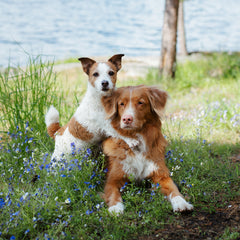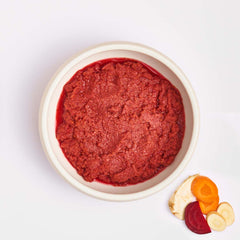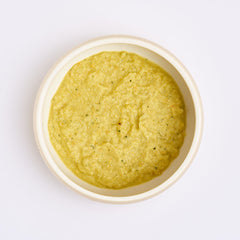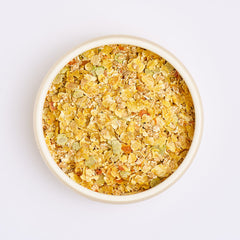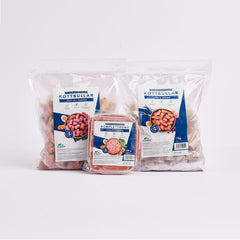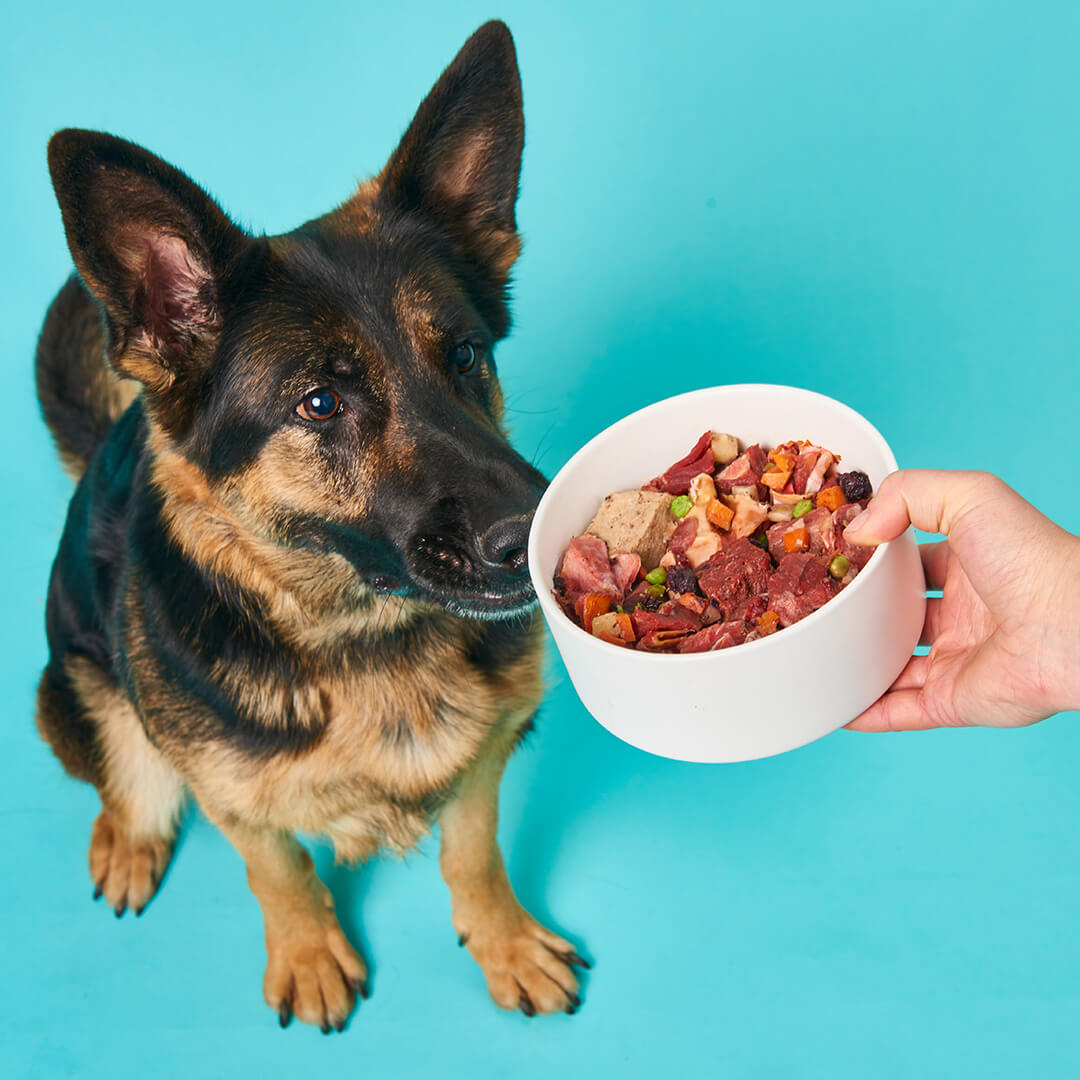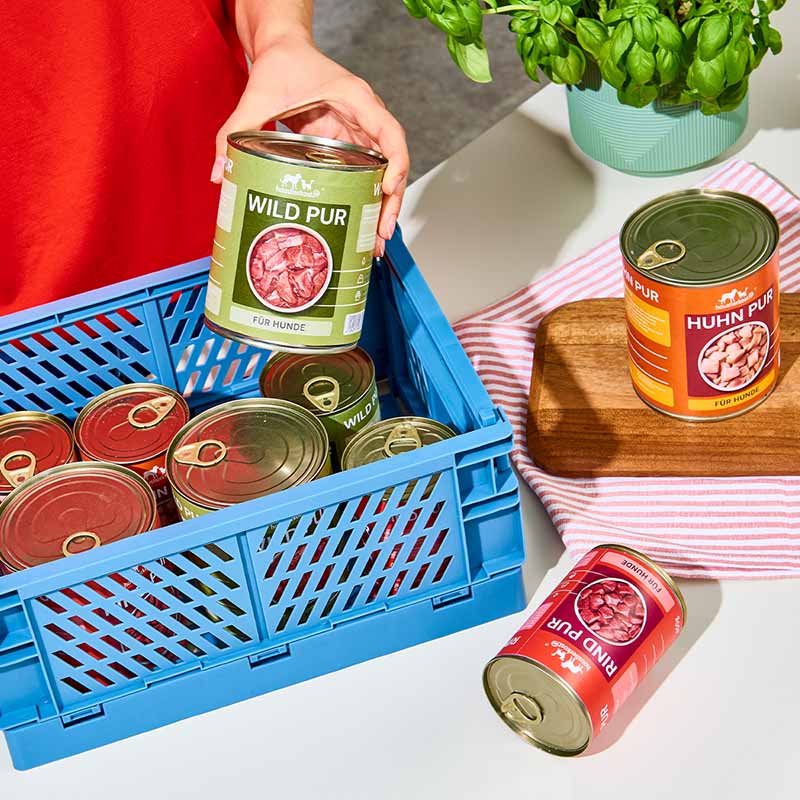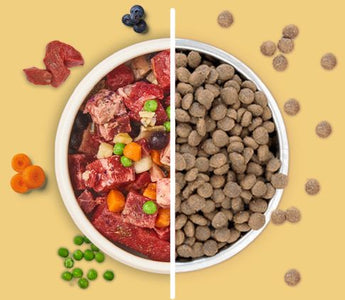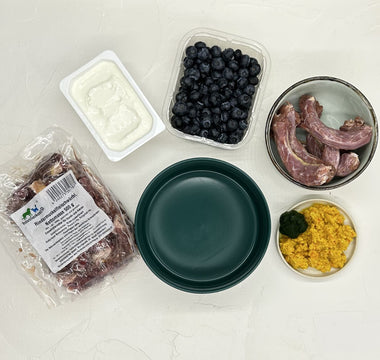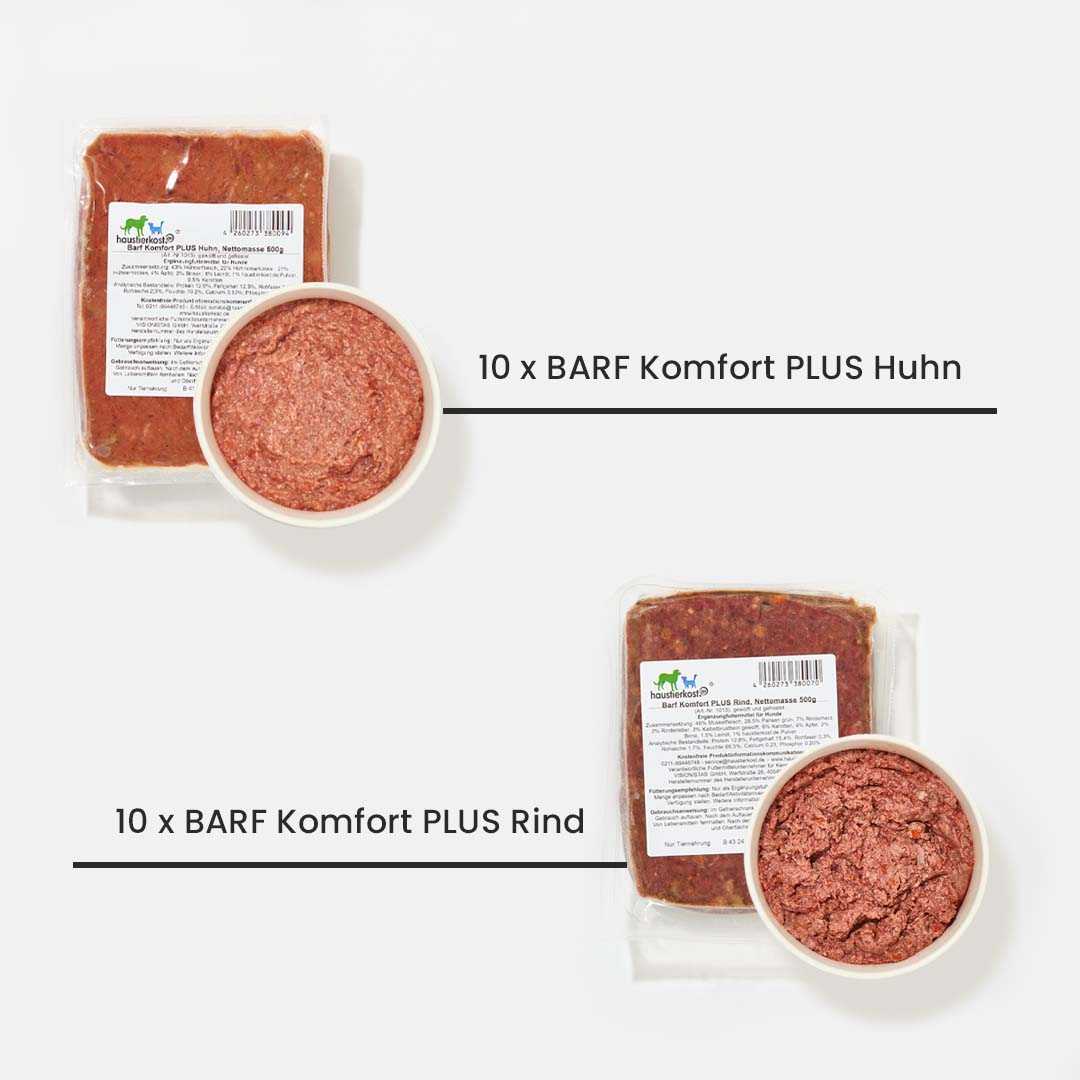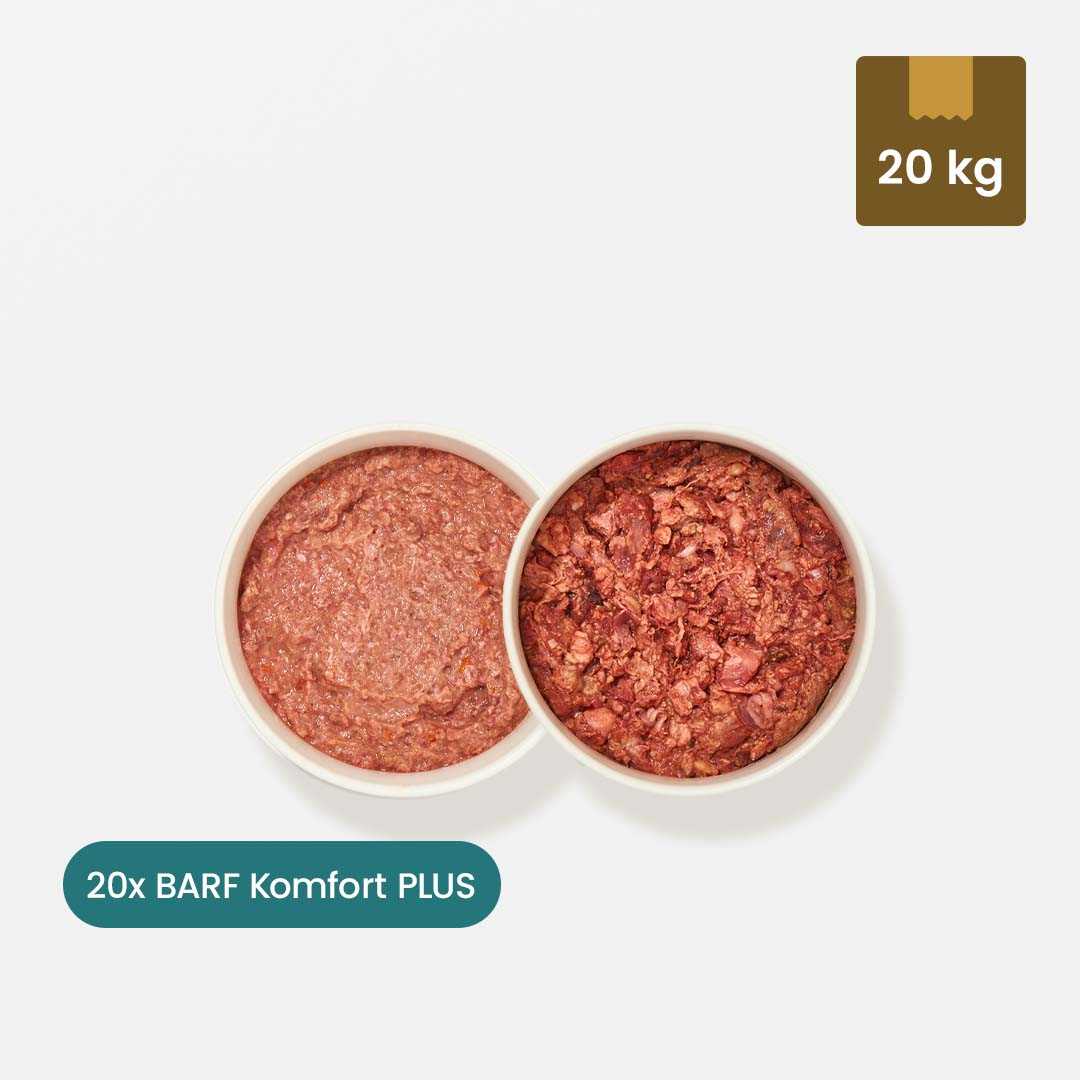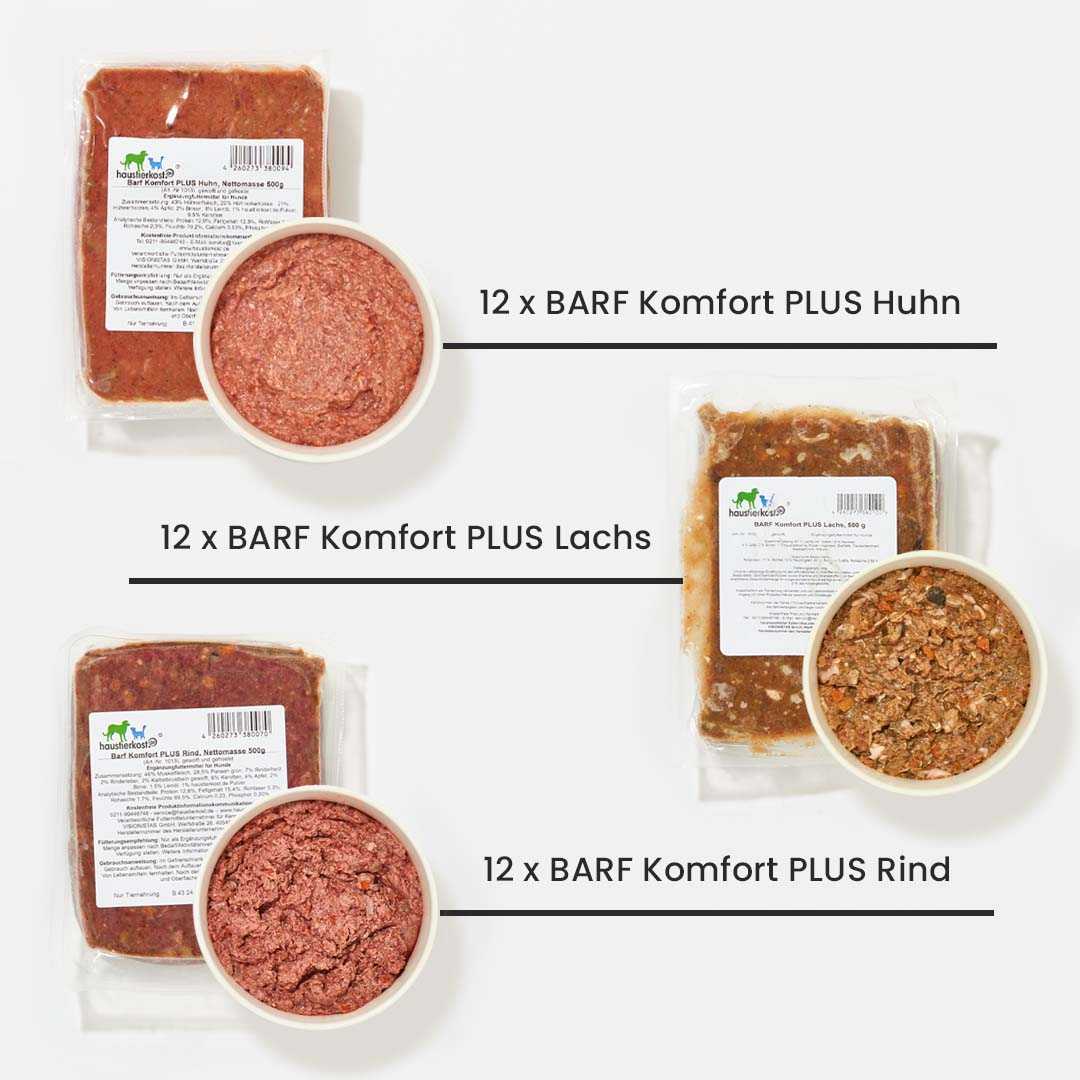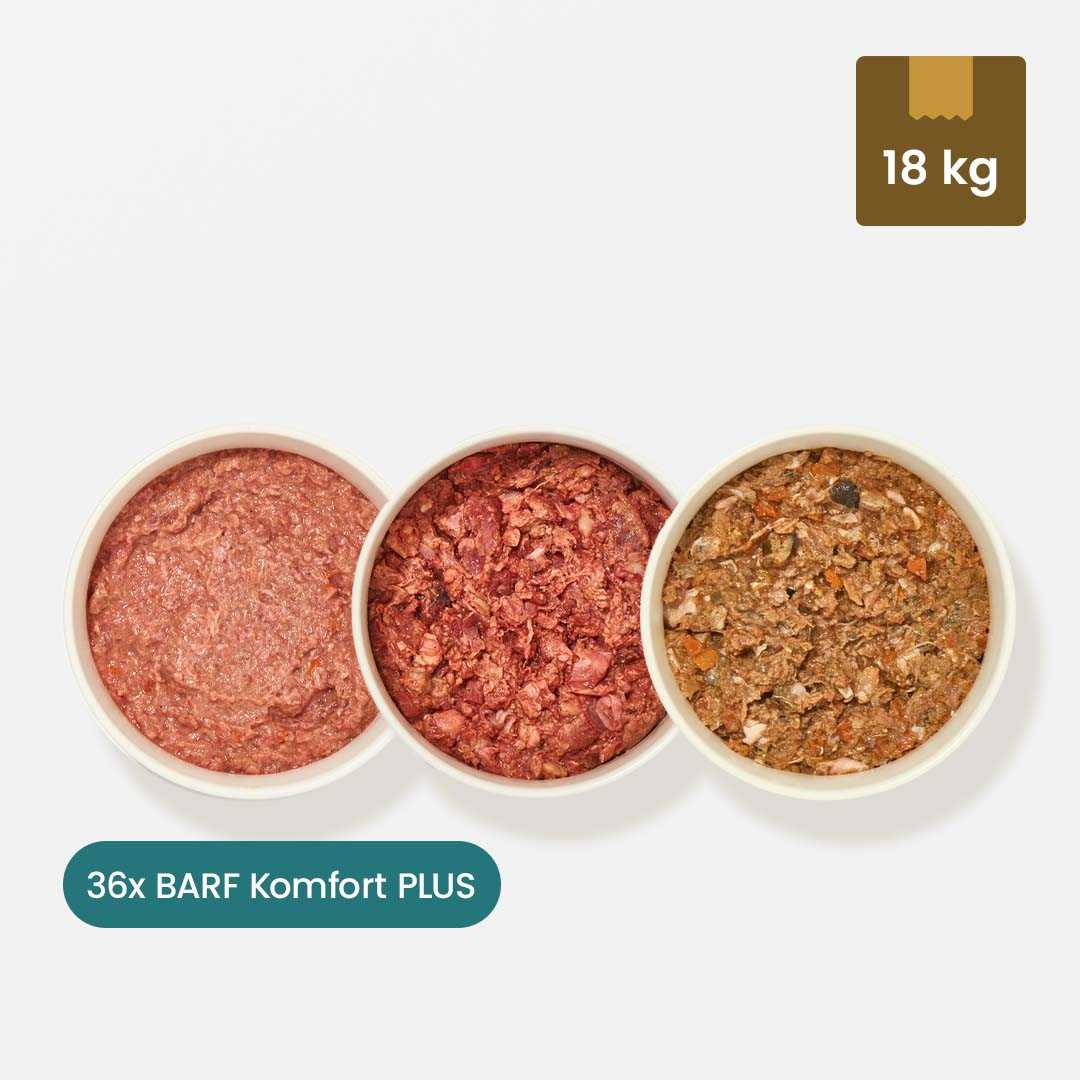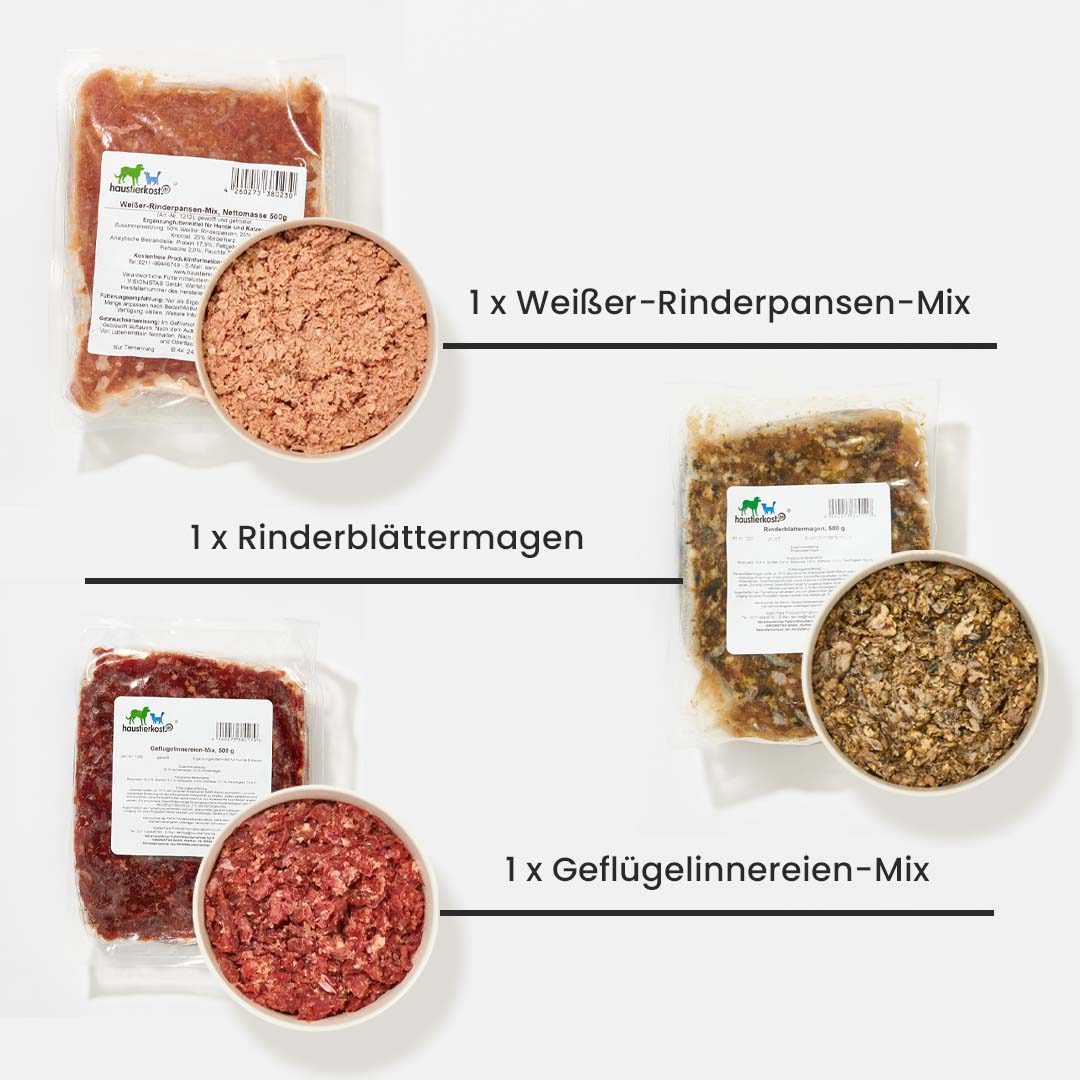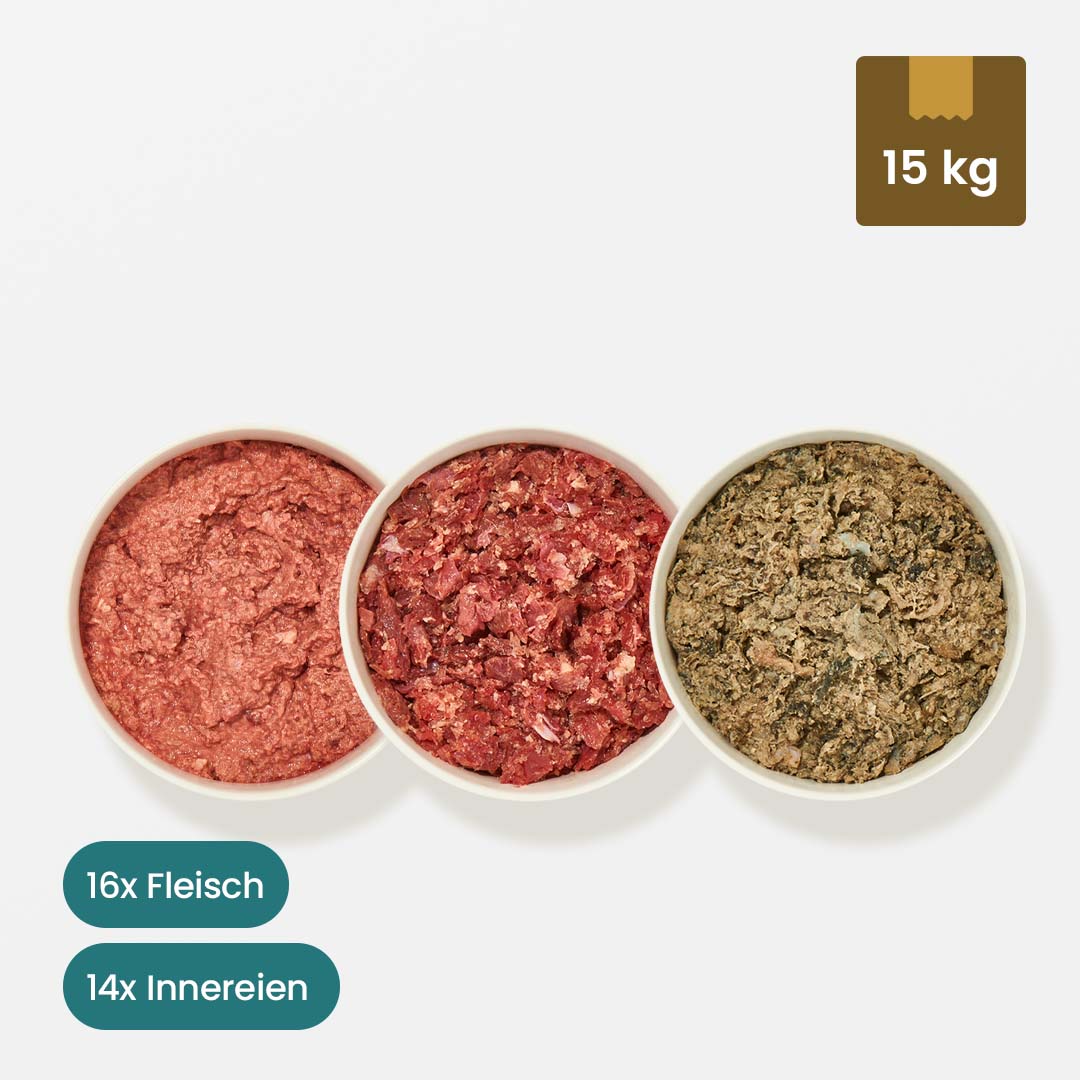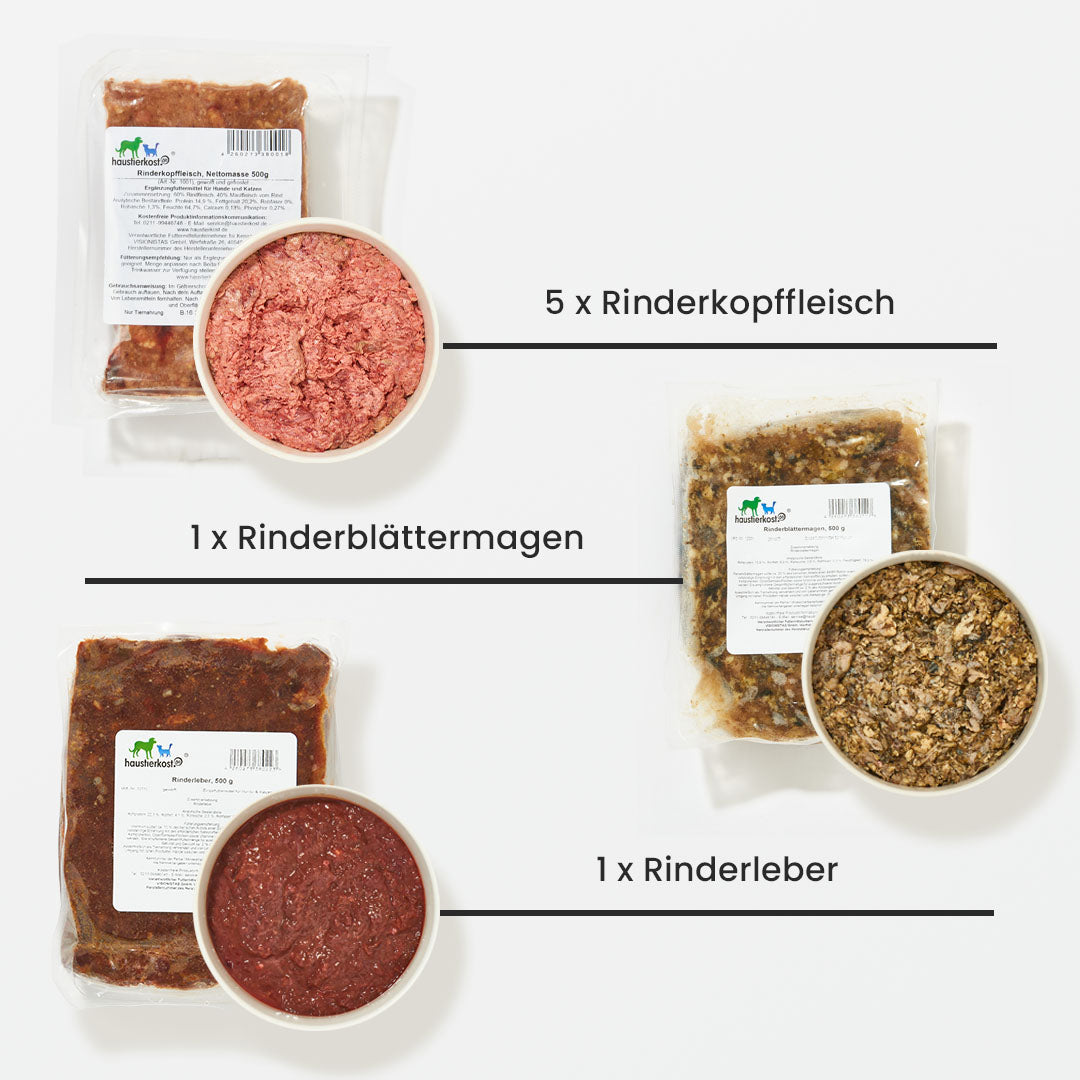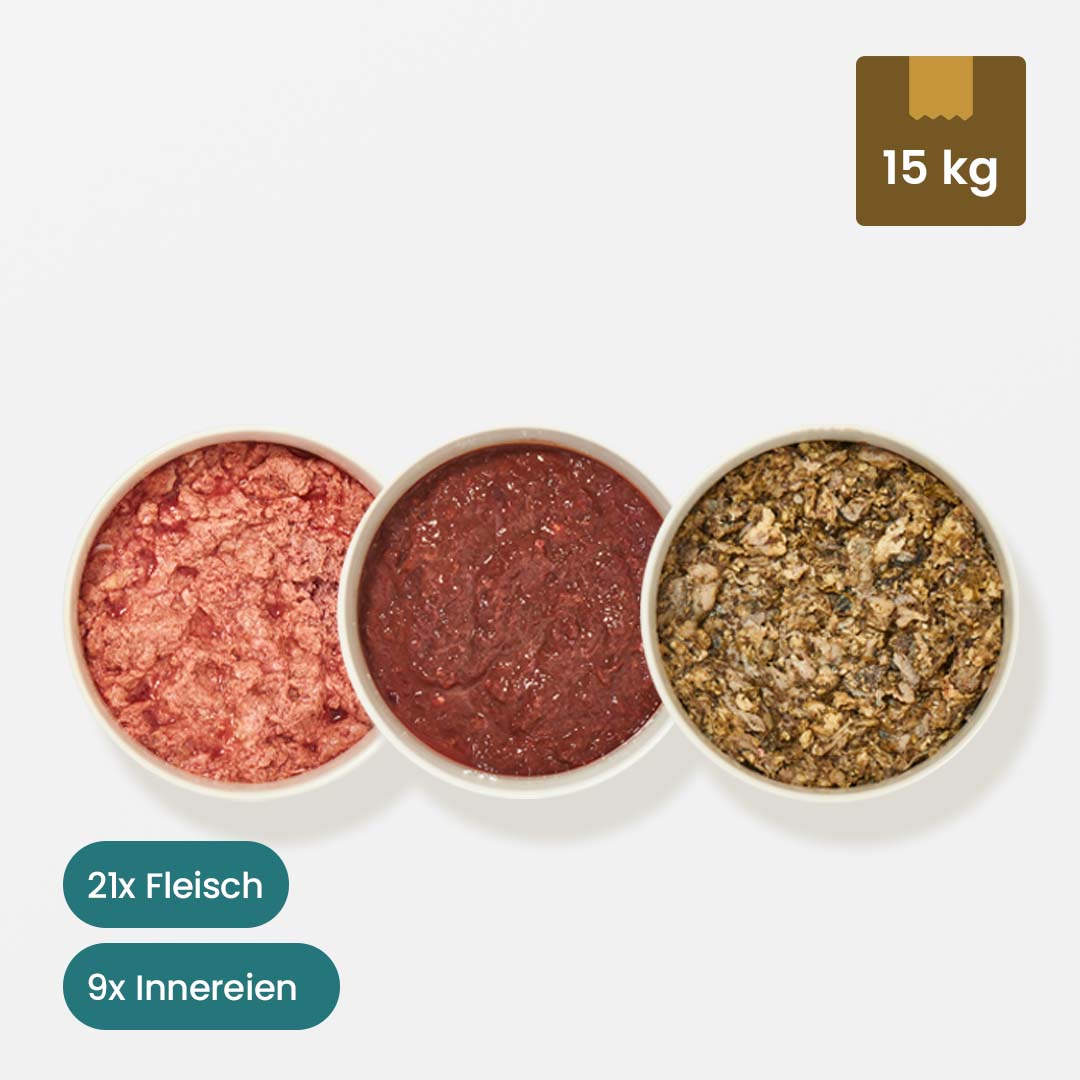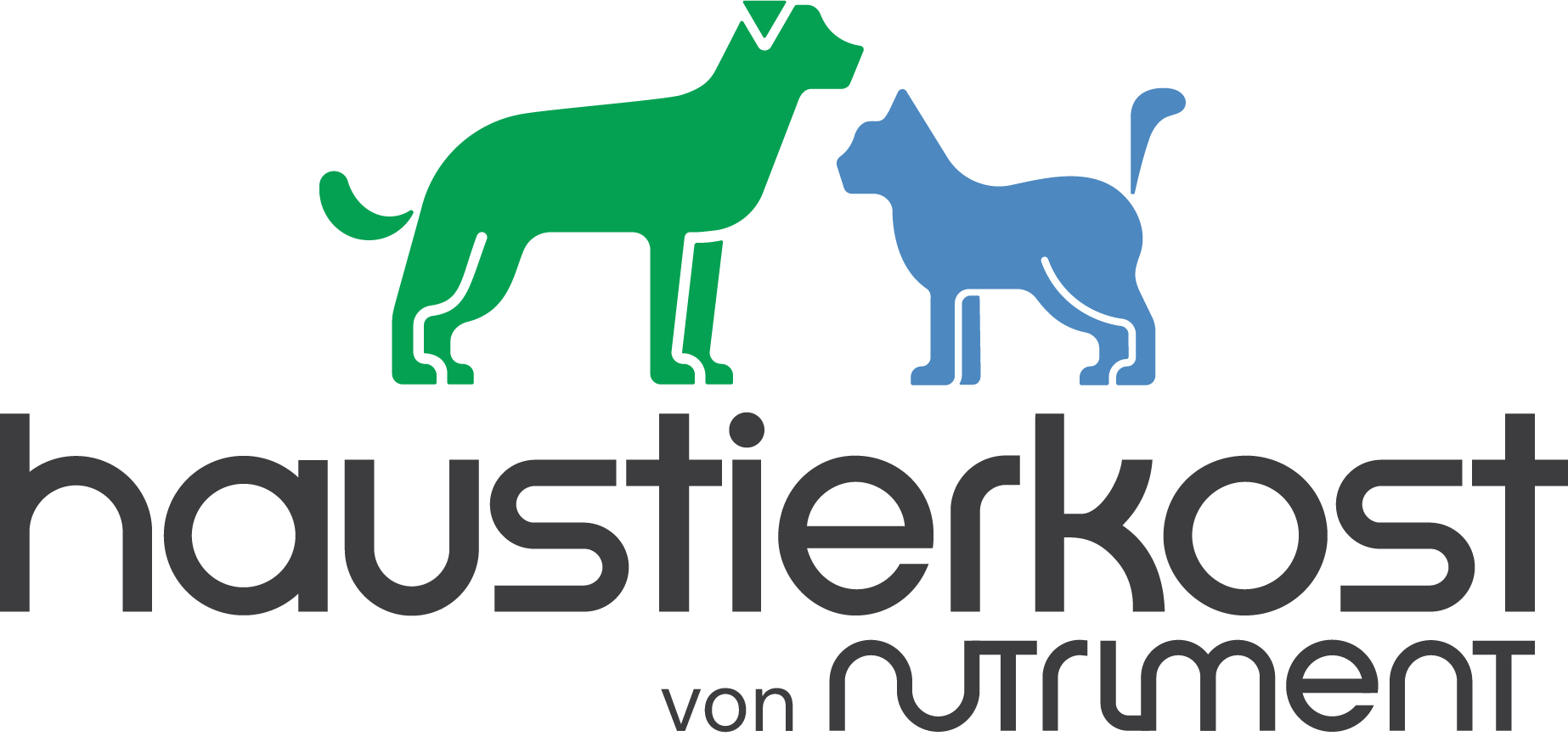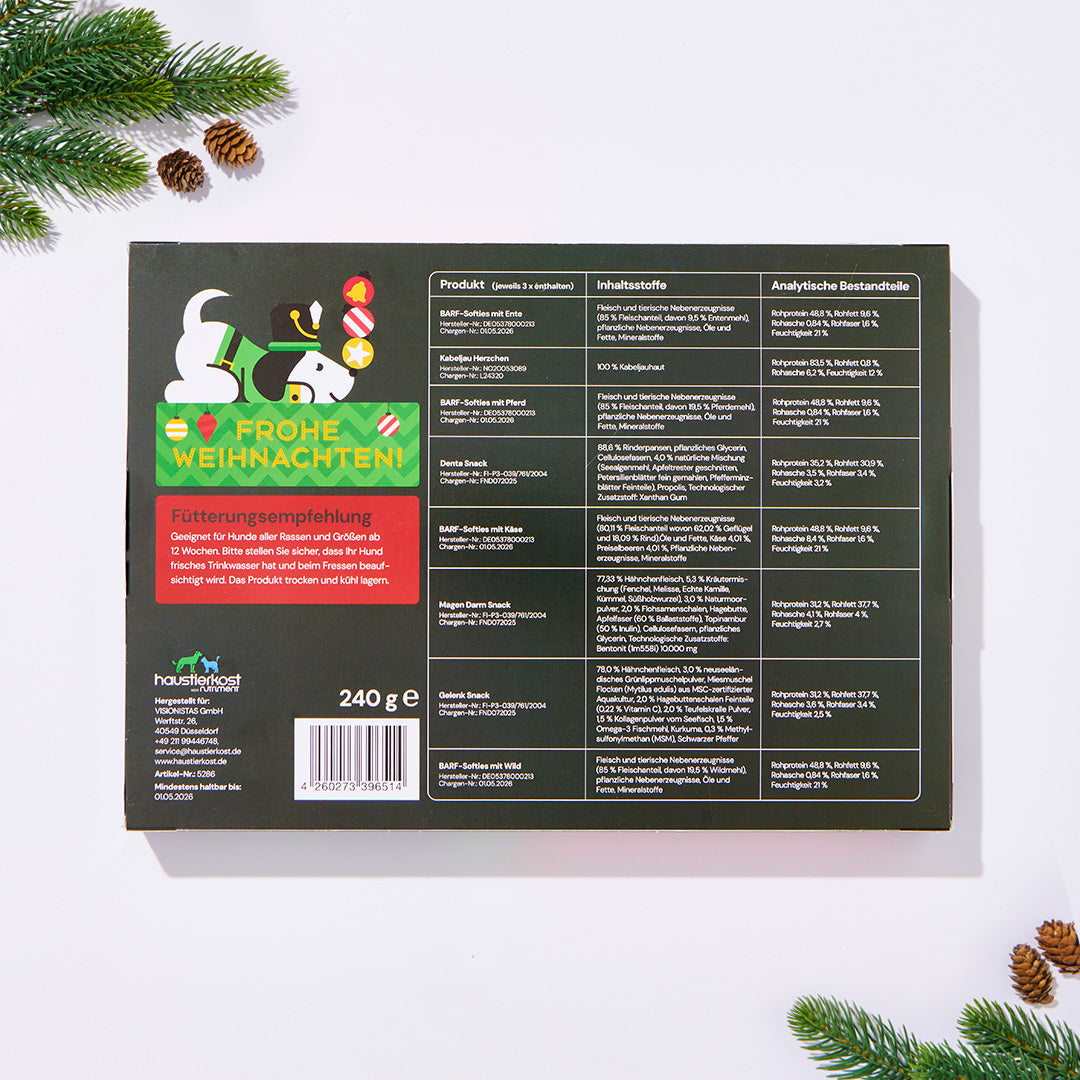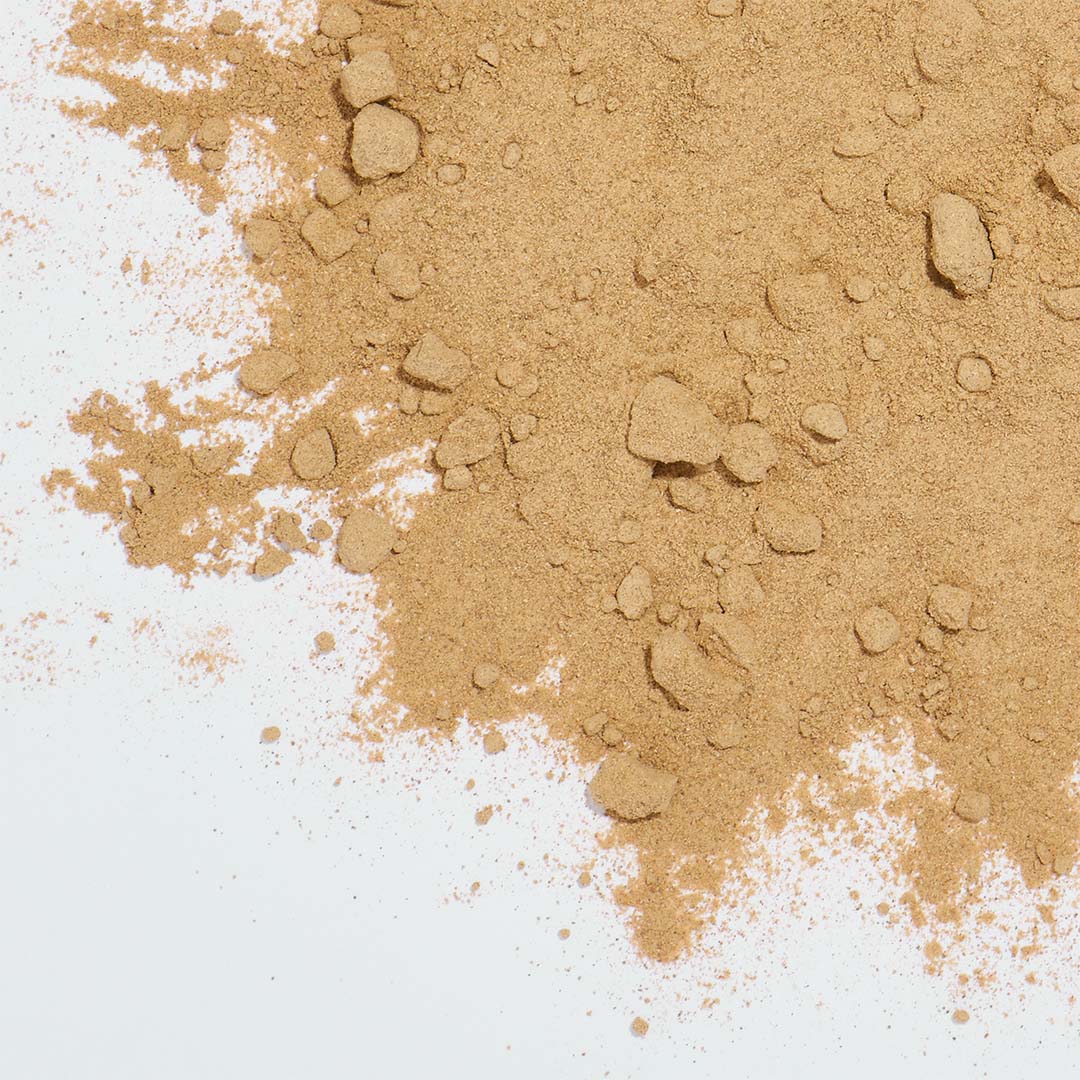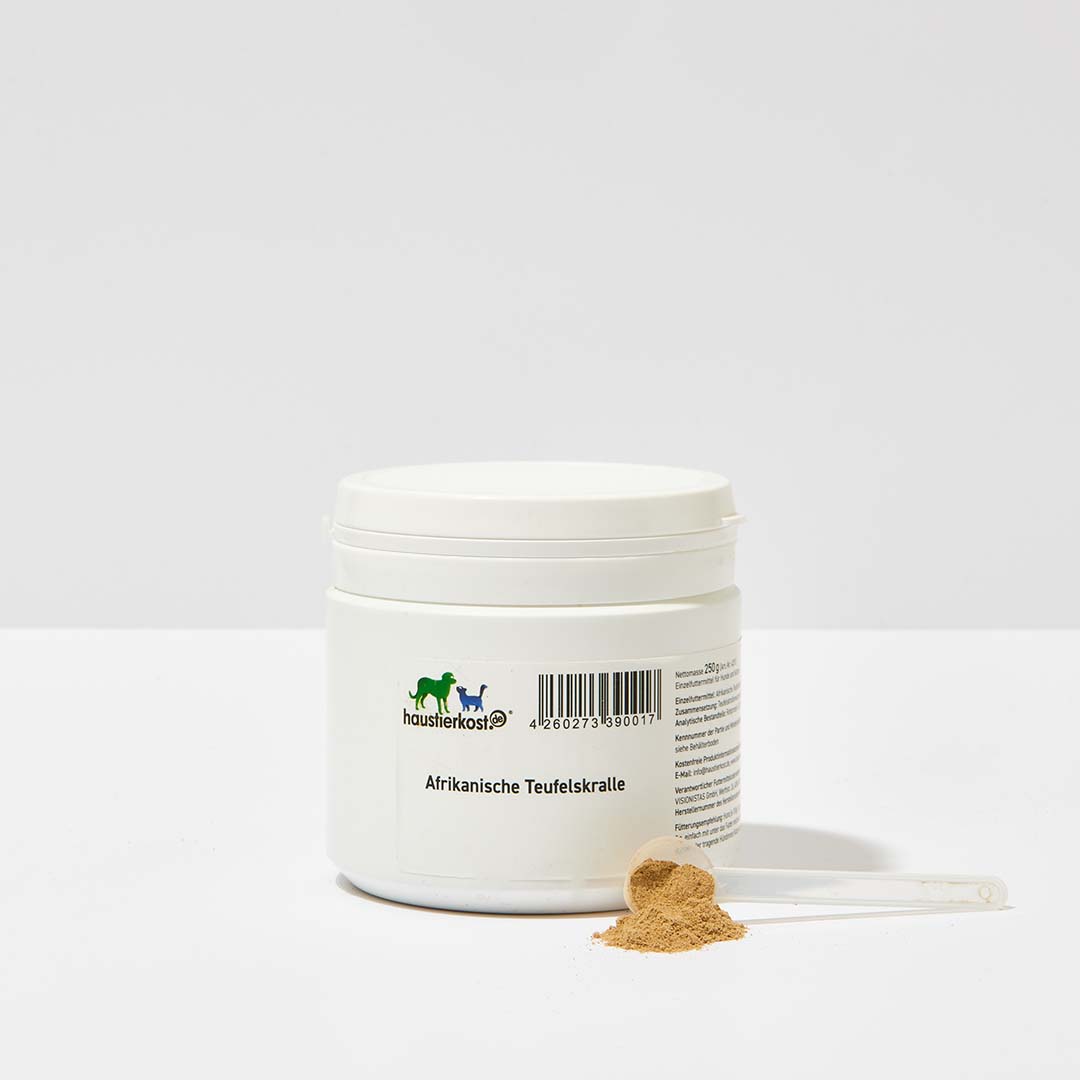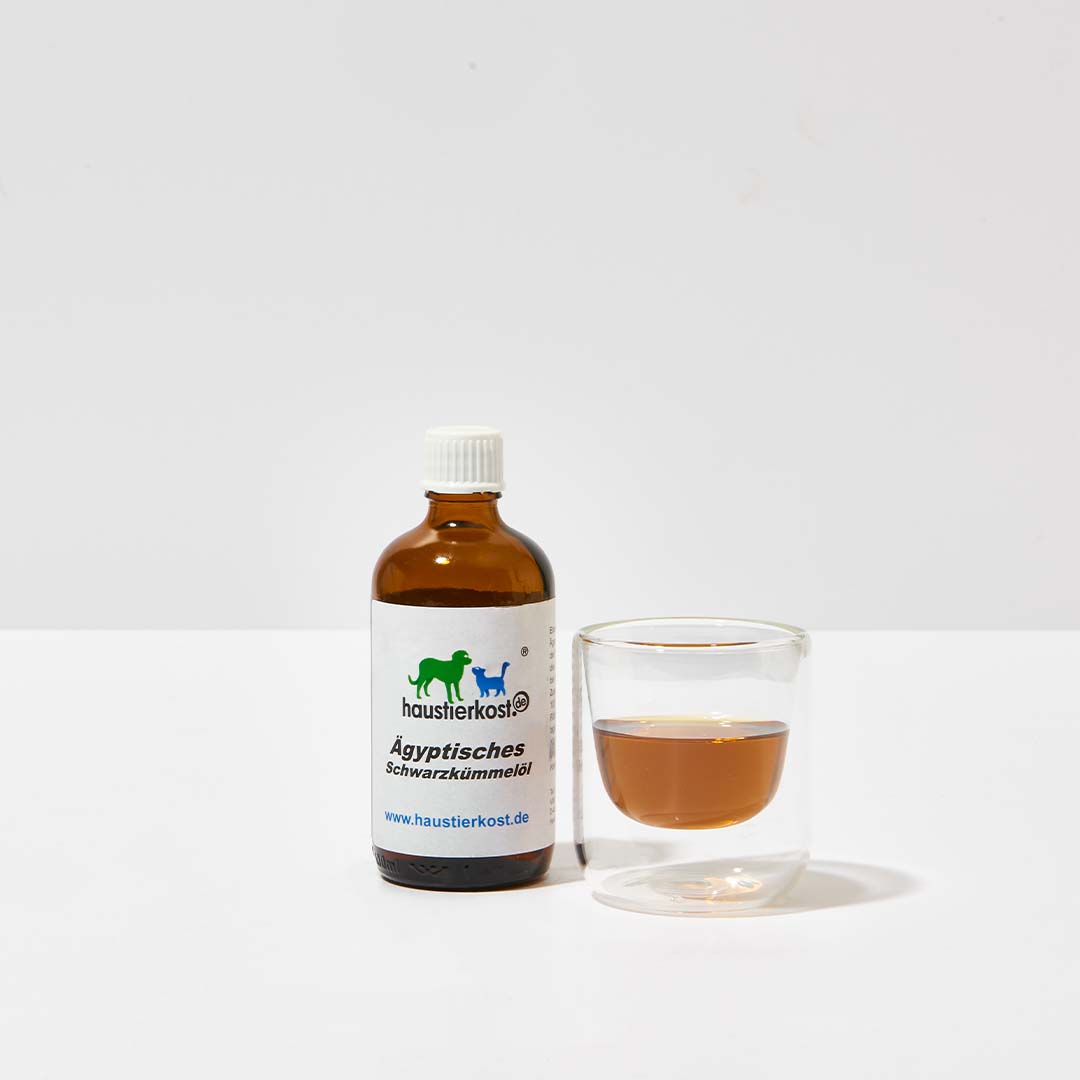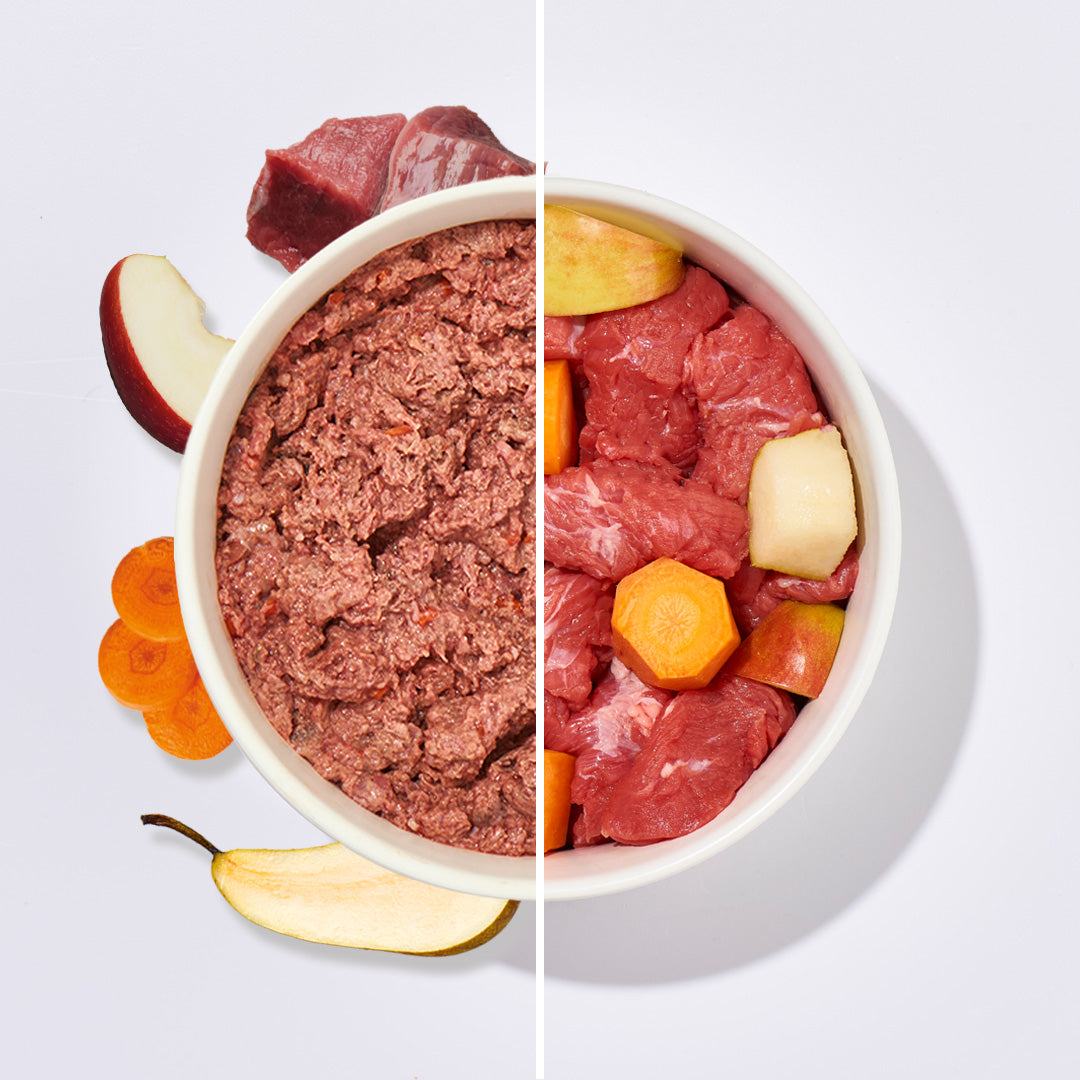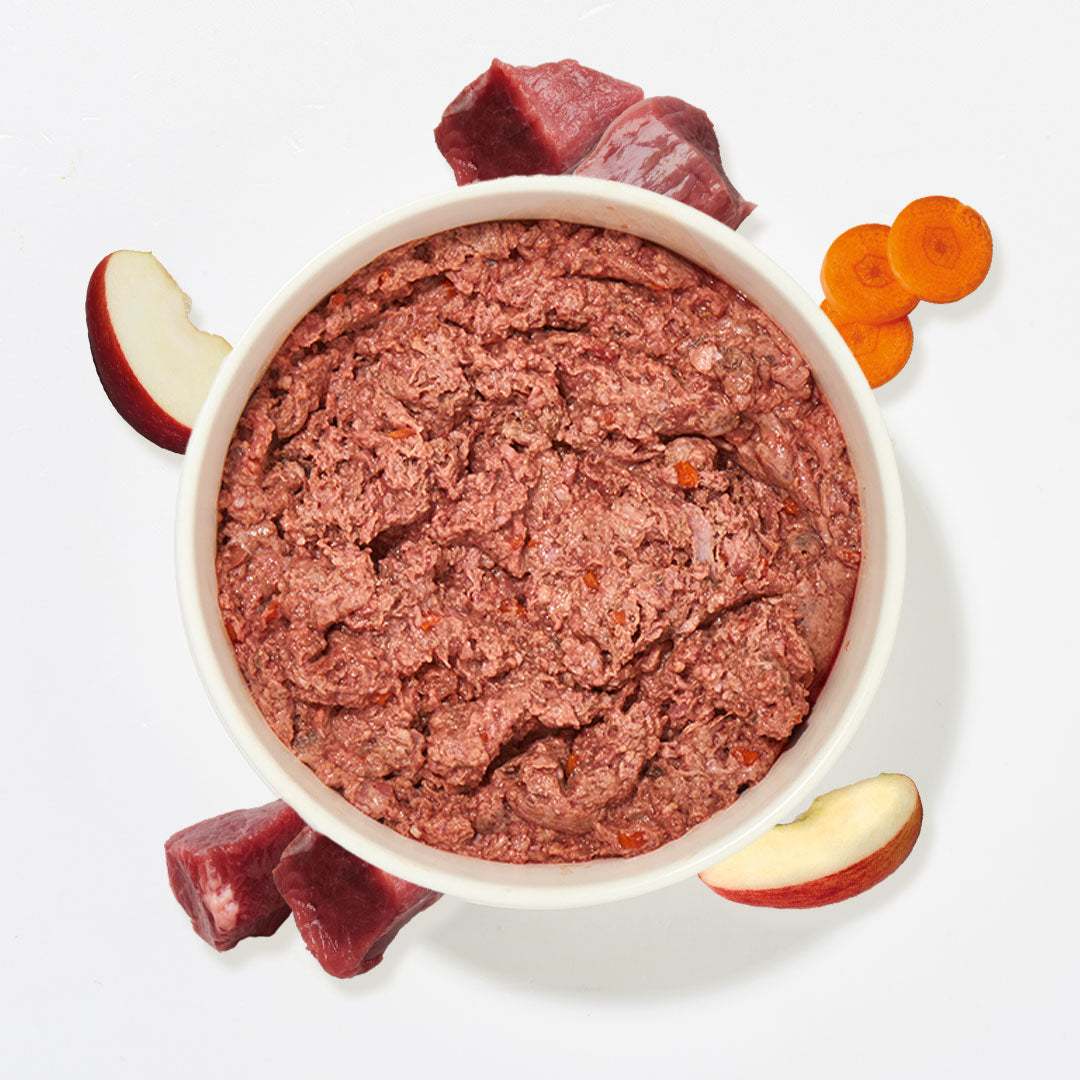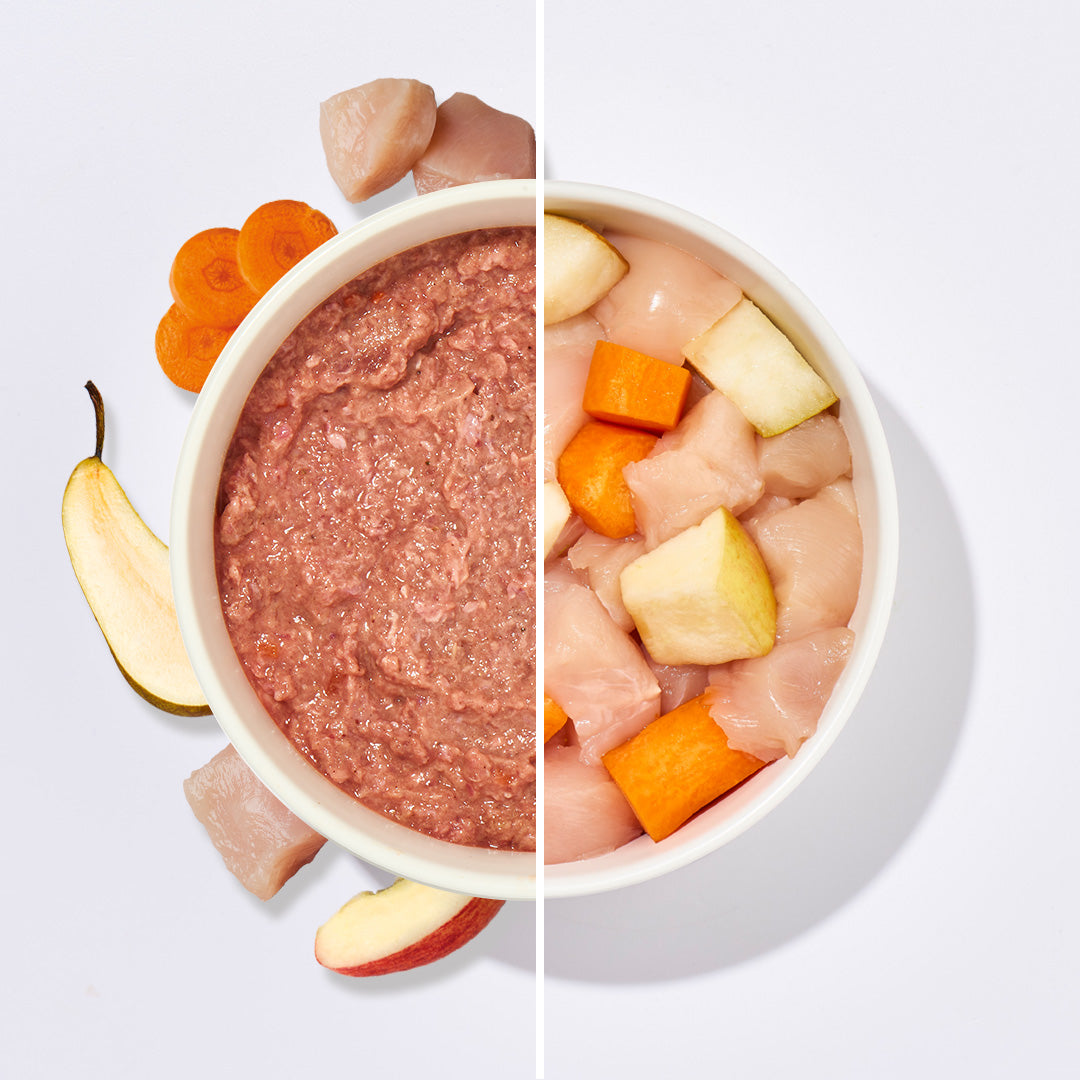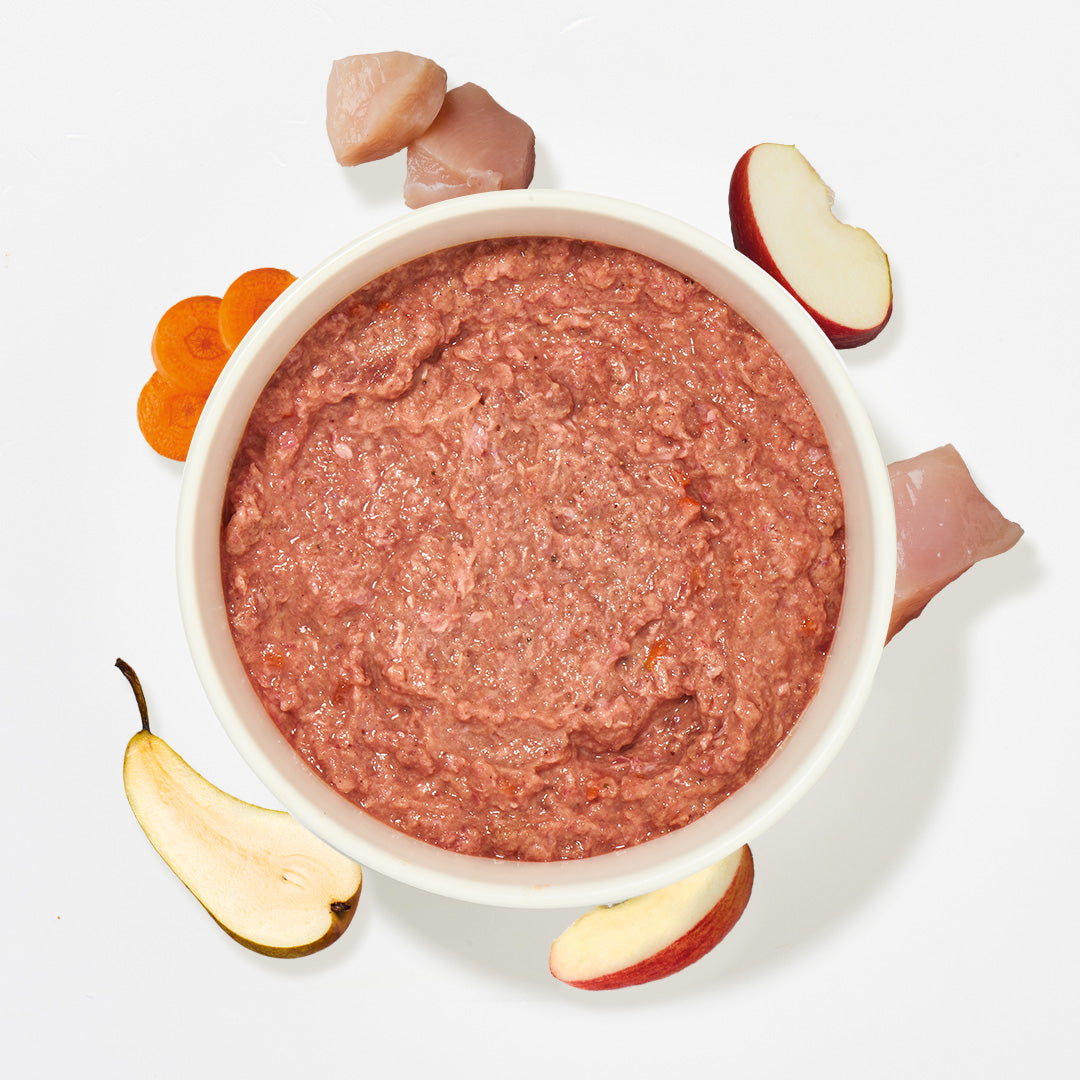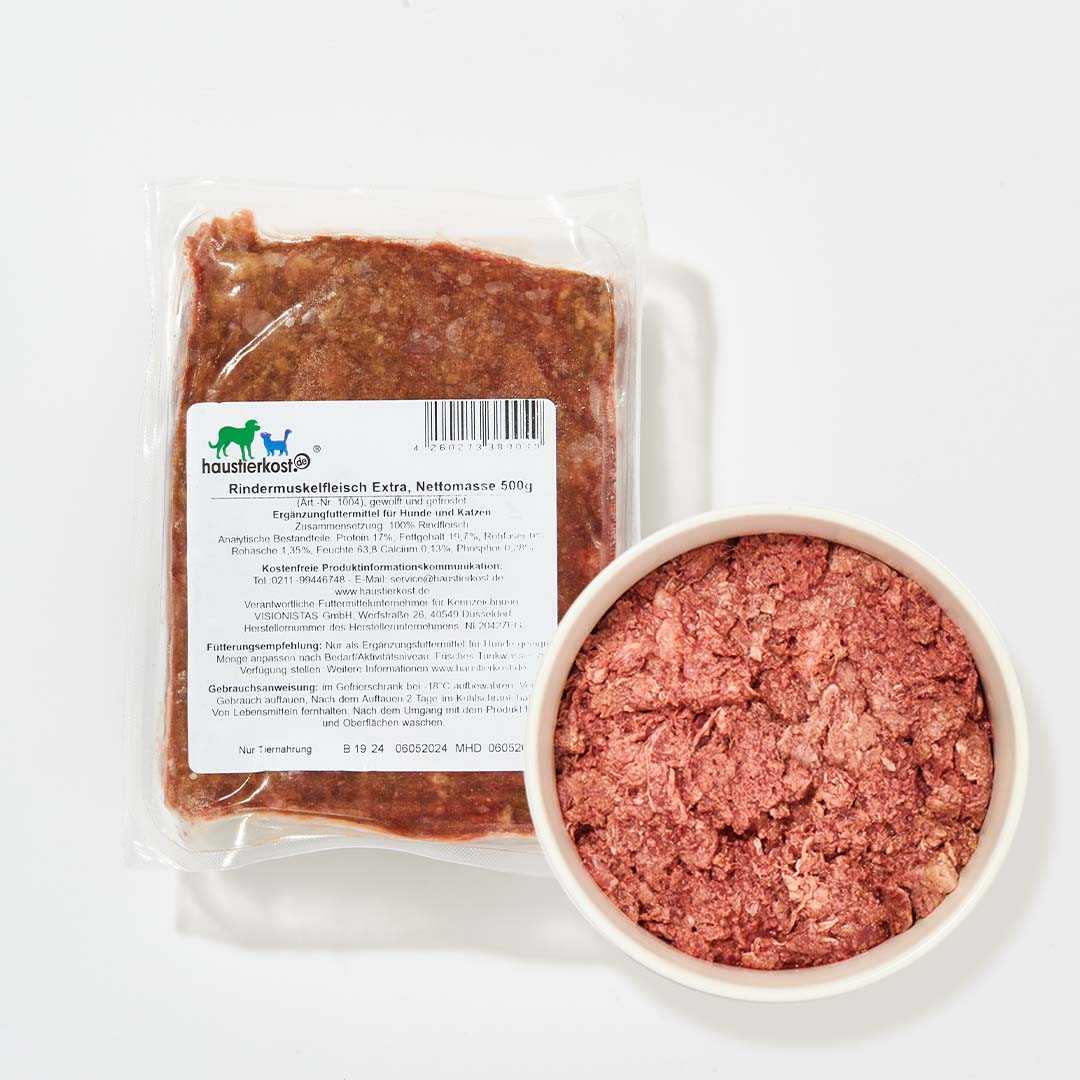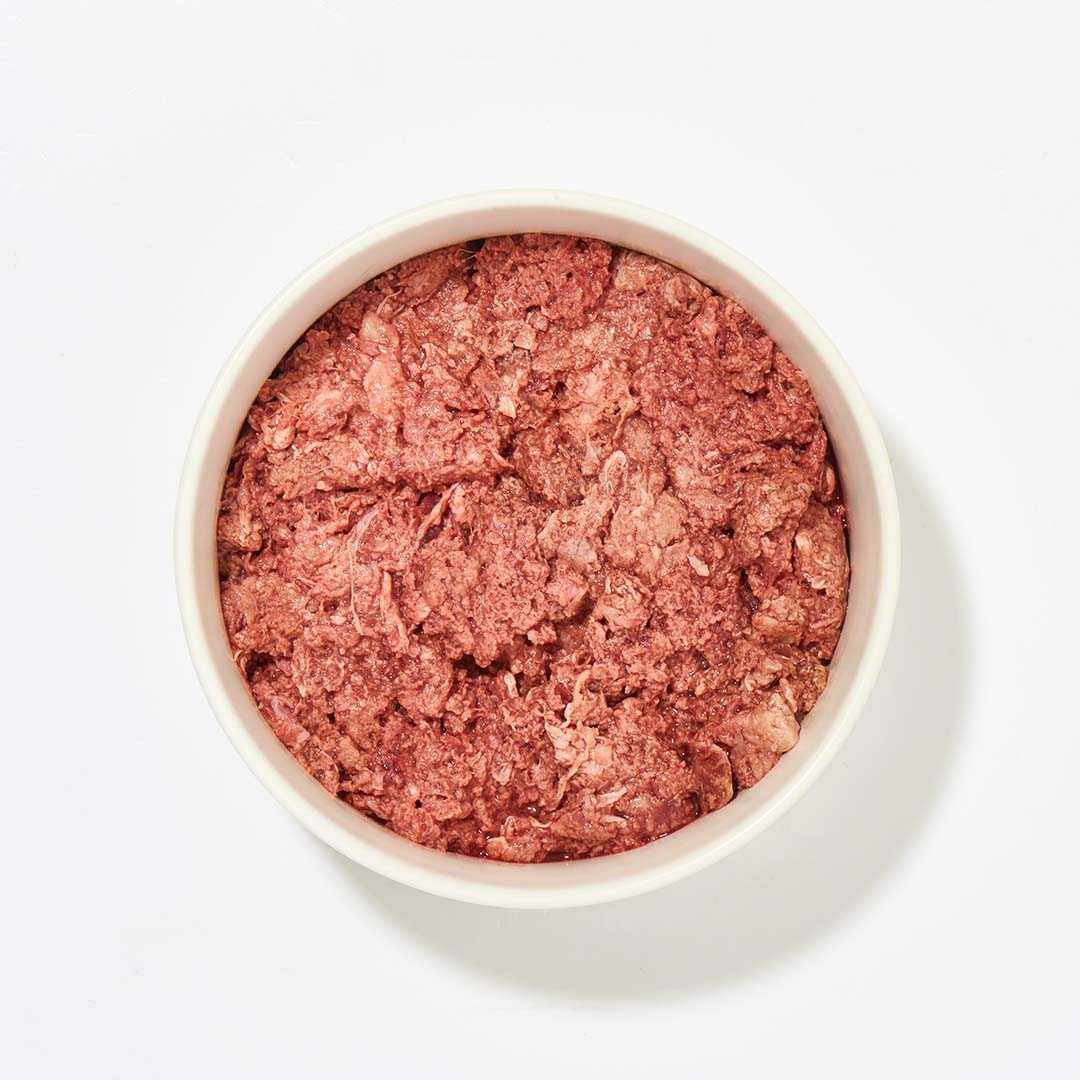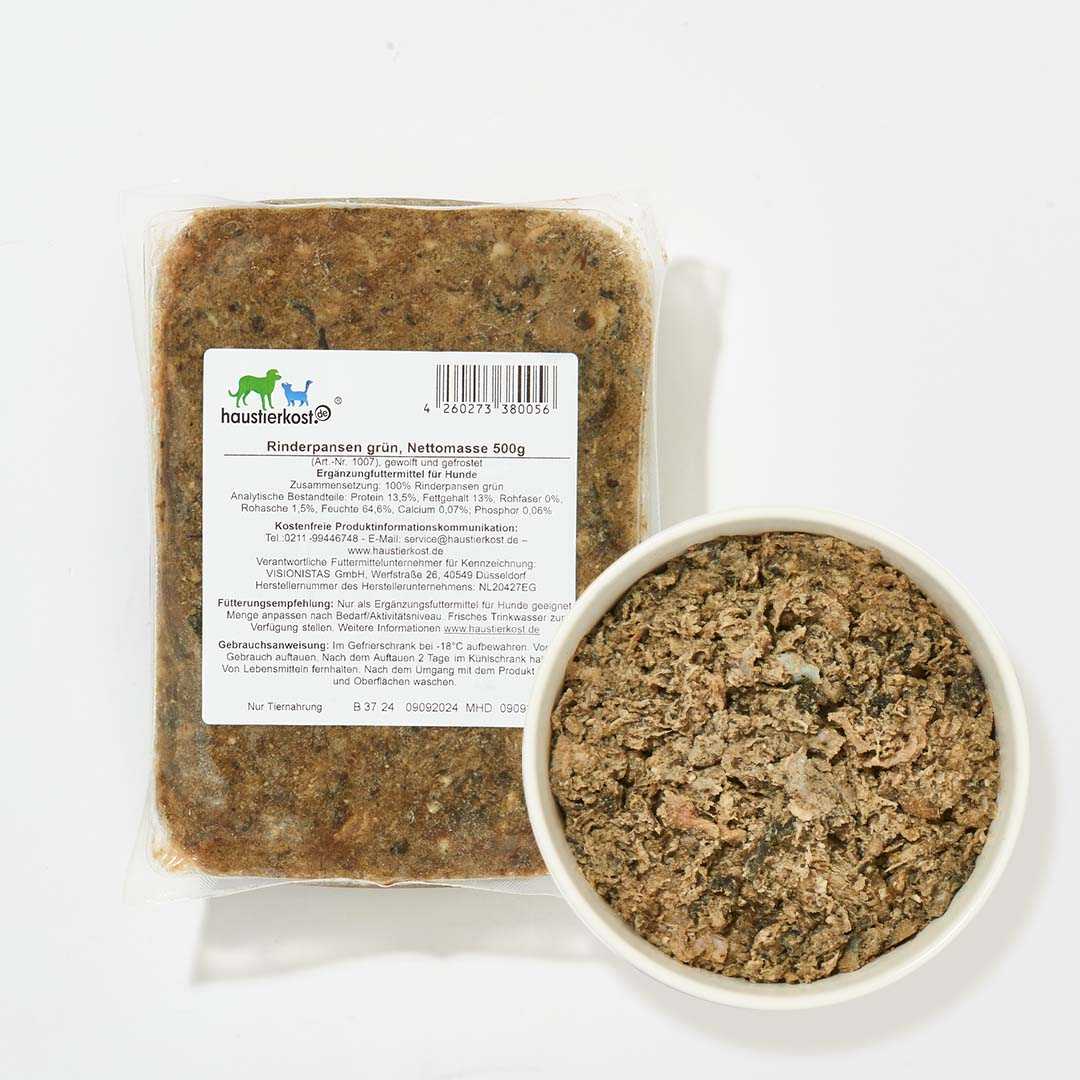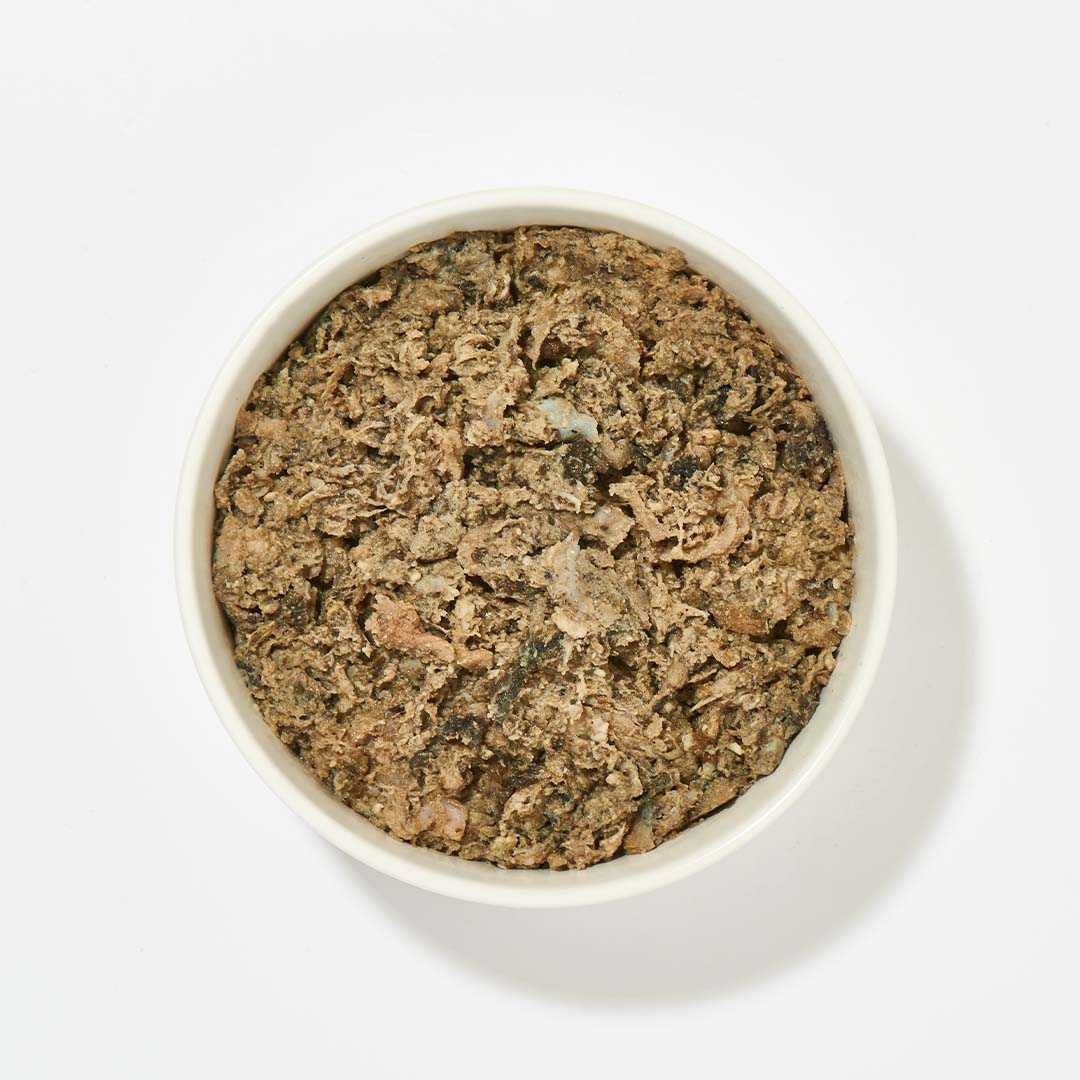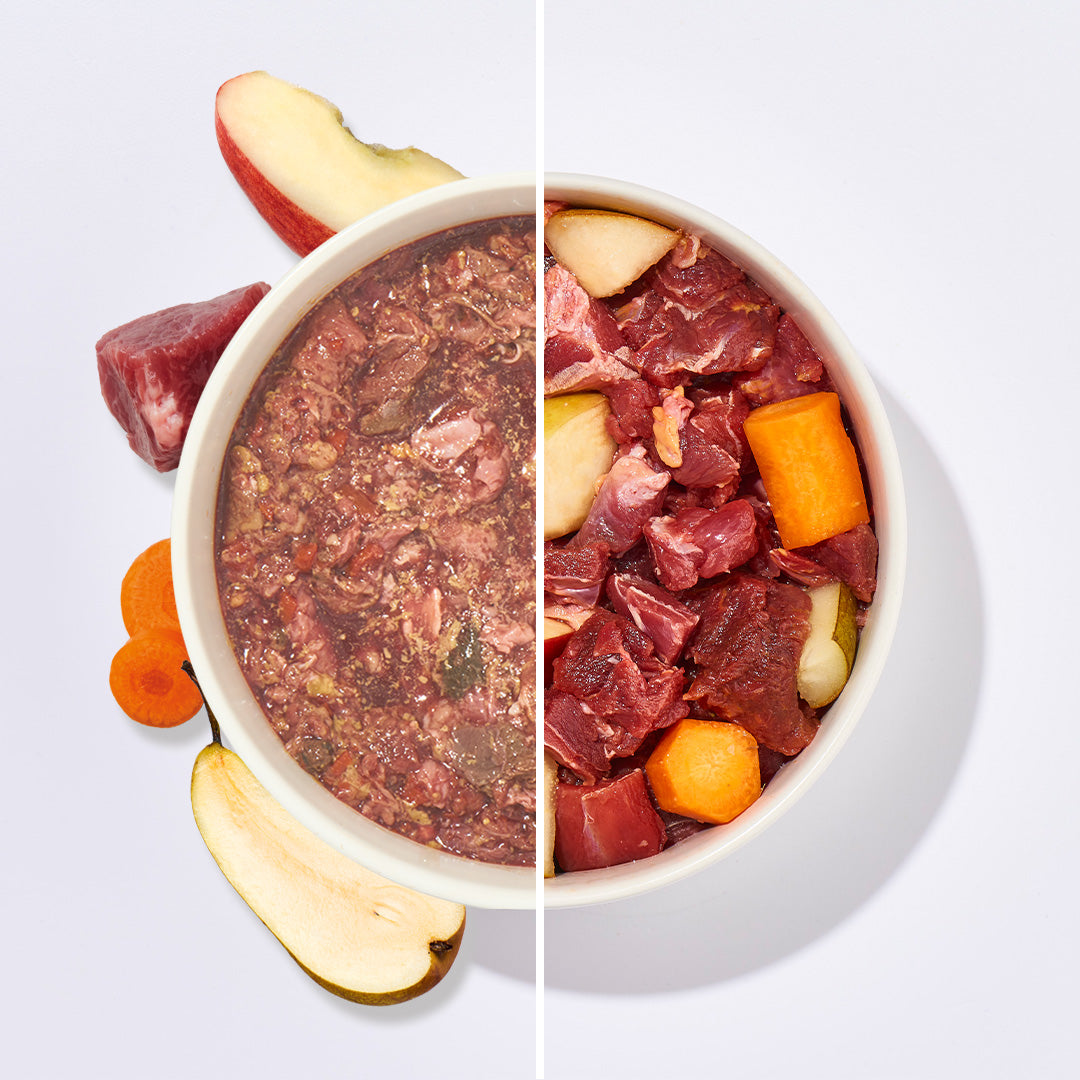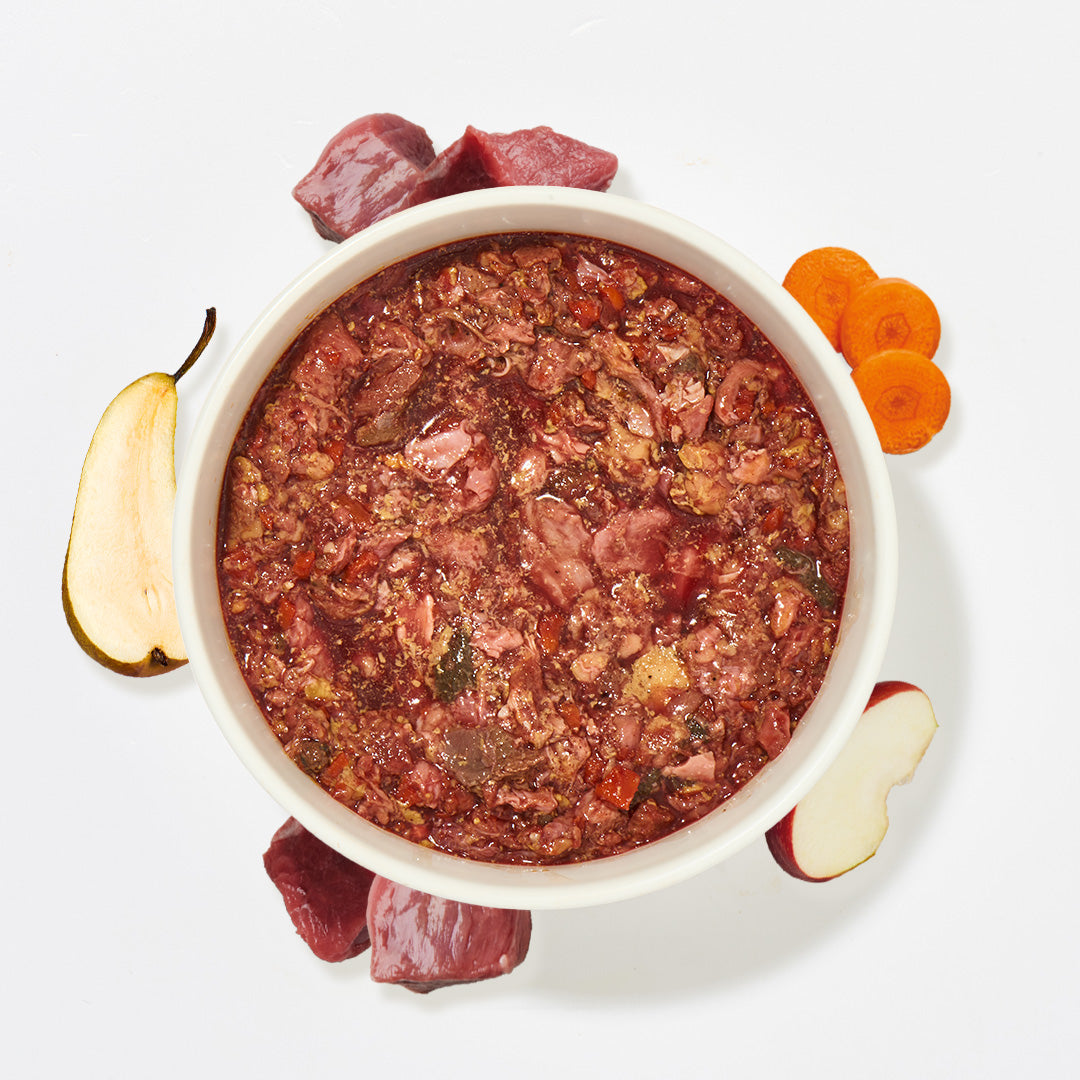Switching dogs and puppies to BARF is usually very easy to do if you follow a few important tips. We have put these together for you in this article: It's about how to choose the right time to switch your dog's food, which foods you should avoid at first and how long it takes until your pet's digestion has fully adjusted.
Changing food: When should you feed your dog or puppy raw food for the first time?
When changing your dog or puppy's food, it is important to choose the right time and to implement the change consistently. For puppies, the last portion of dry or wet food is usually fed in the evening and then BARF feeding can be started on an empty stomach the next day. Experience has shown that it takes a little longer for adult dogs to empty their stomachs. After about 18 hours, i.e. from around lunchtime the previous day to the next morning, your dog should have completely digested and excreted the previous meal.
The reason for the waiting period when changing your dog's food is that digestion is generally somewhat slower with dry and wet food: for example, the stomach acid is less concentrated than when feeding BARF dog food . Dry food in particular takes a long time to digest.
If you are feeding your dog or puppy BARF meat and the plant-based portion from fruit and vegetables for the first time, you should be consistent. Recent findings show that a change without a transition period is more beneficial for the digestive tract than a week-long mishmash of old and new food. If your dog does not accept the new food at first, you can try steaming the meat (without the bones) or lightly frying it.
Changing the puppy's food: special features to consider
When changing the food for a puppy, there are a few special features to consider compared to an adult dog. For example, you should only feed very young puppies in moderation at the beginning, as this can put a strain on their immune and digestive systems, which are not yet fully developed. After a few weeks, you can start feeding them tripe, liver, etc. on a regular basis. It should also take some time before you start feeding them hard bones. Cartilaginous meat or minced chicken necks or minced veal breastbone are better suited in the first few months of life.
Changing your dog’s diet: Check the status after about four weeks
It usually takes about four weeks for the change in food to have a full effect on the dog's digestion. During this time, the change may cause symptoms such as diarrhoea or oily stools. If the digestion has adjusted to BARF adjusted, you can then also feed bones. Similar to a puppy, the dog's body should first be prepared for this completely new digestive task. If the symptoms of the change in diet do not subside over a longer period of time, you should visit your trusted veterinarian.
Would you like to start changing the food for your dog or puppy? Then it's best to use our starter packages or our puppy starter set with a specially adapted mix of muscle meat , offal, fruit and vegetable mixes as well as the most important supplementary products.
